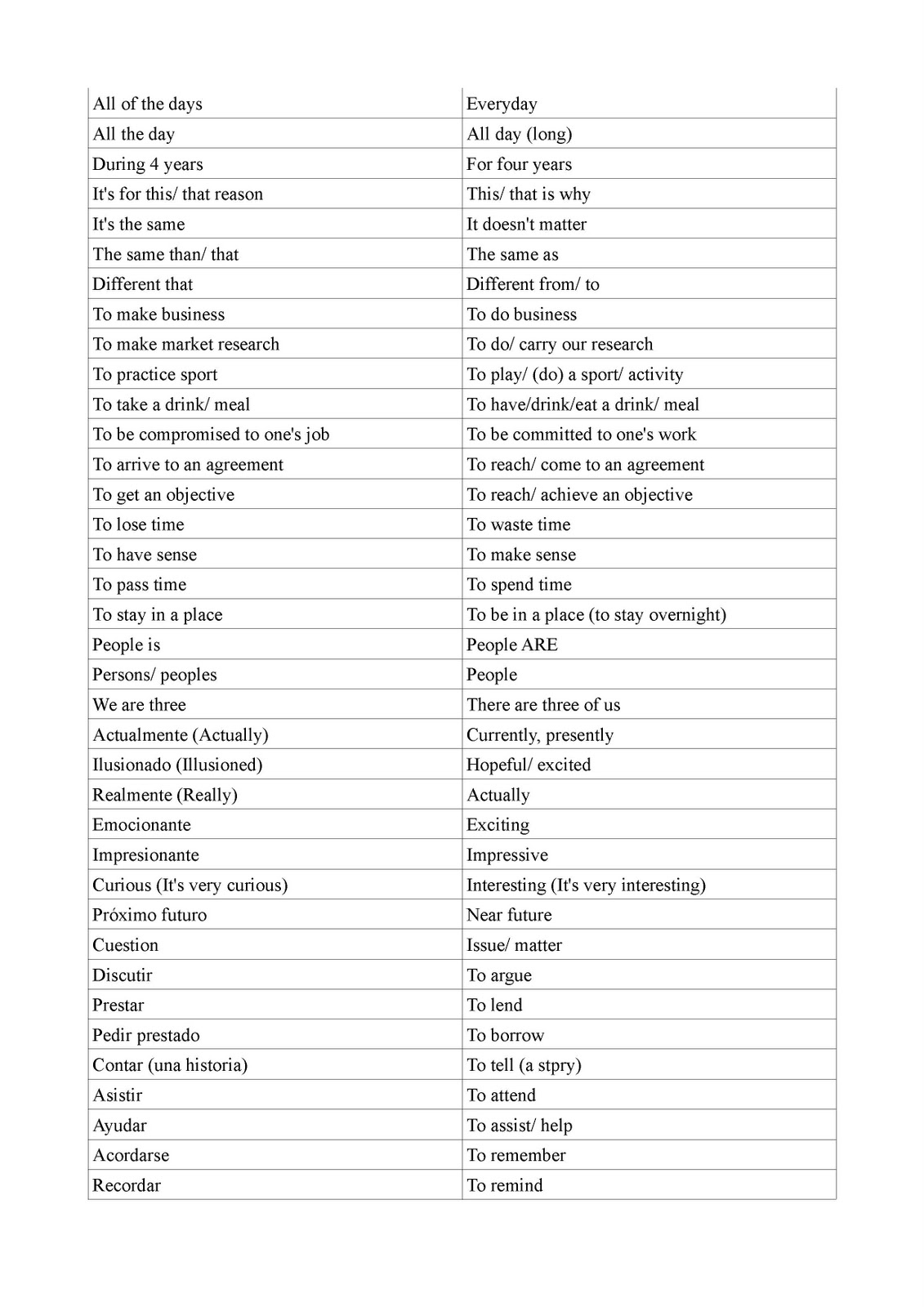


You've got to memorise all the forms of these irregulars when you come across them because they contain little or no pattern to help you (unlike the formulaic regular verbs).Īnyway, SER is used to talk about origin and characteristics:Įres ingles, no? - You are English, aren't you? Trouble is, these verbs do not behave as we might hope - hence the tag 'irregular'. We'll look at the verb SER as a first example because it's the most important verb in Spanish (so many of the irregular verbs are those most commonly used in Spanish grammar). Time now to see what happens to IRREGULAR Verbs. We also know that verbs in Spanish fall into an Irregular or Regular category. We now know that VERBS are the 'doing' or 'action' words in a language such as eat, drink, do, think, jump. Just alter the -a after the verb stem to an -e. FUMAR (to smoke)Ĭheck out the endings! Just like the HABLAR example. Take only the 'stem' of the verb (all except the last two letters) and add the following endings: o, as, a, amos, aís, an Here's an translation of a common -ar verb: HABLAR (to speak). Given that -ir verbs are less common in Spanish, we'll focus on -ar and - er. There are 3 Groups of regular verbs, those which end in -ar, -er, and -ir. Irregular verbs do not 'behave', but regular ones follow a standard formula. Verbs in Spanish fall into the Irregular or Regular categories. Verbs are the 'doing' or 'action' words such as eat, drink, do, think, jump.

Put your adjective after the noun (in English we do it the other way round)Ĭhange the 'o' on the end of the adjective to an 'a' to make it feminine los hospitales nuevos (the new hospitals) Similarly, if the noun is singular, so must the adjective be. If the noun is masculine, so must its describing adjective. The important thing to remember about Spanish adjectives is that they MUST AGREE with the nouns they describe. la flor - las flores (feminine)Īn adjectives is a describing word such as red, big, attractive, new. If the noun ends in a consonant, add 'es' in the plural. The 's' on the noun (casas) in the second example makes it plural The 's' on the noun (hombres) in the second example makes it plural In other words, each Spanish noun falls into one of these two 'gender' categories. The important thing to remember about Spanish nouns is that they are either masculine or feminine (male or female). Once you understand the words with an accent you are familier with it will be easier to learn the words with a Spanish accent.Ī few notes about spanish vocabulary, conjugation and grammar.Ī nouns is a naming word such as man, waiter, hotel, house, girl, flower. Sometimes its hard to understand an accent so the American and British options are there to help.

The english to spanish translator gives you controls to listen to the accent of a Spanish women or an American and British man/women.


 0 kommentar(er)
0 kommentar(er)
